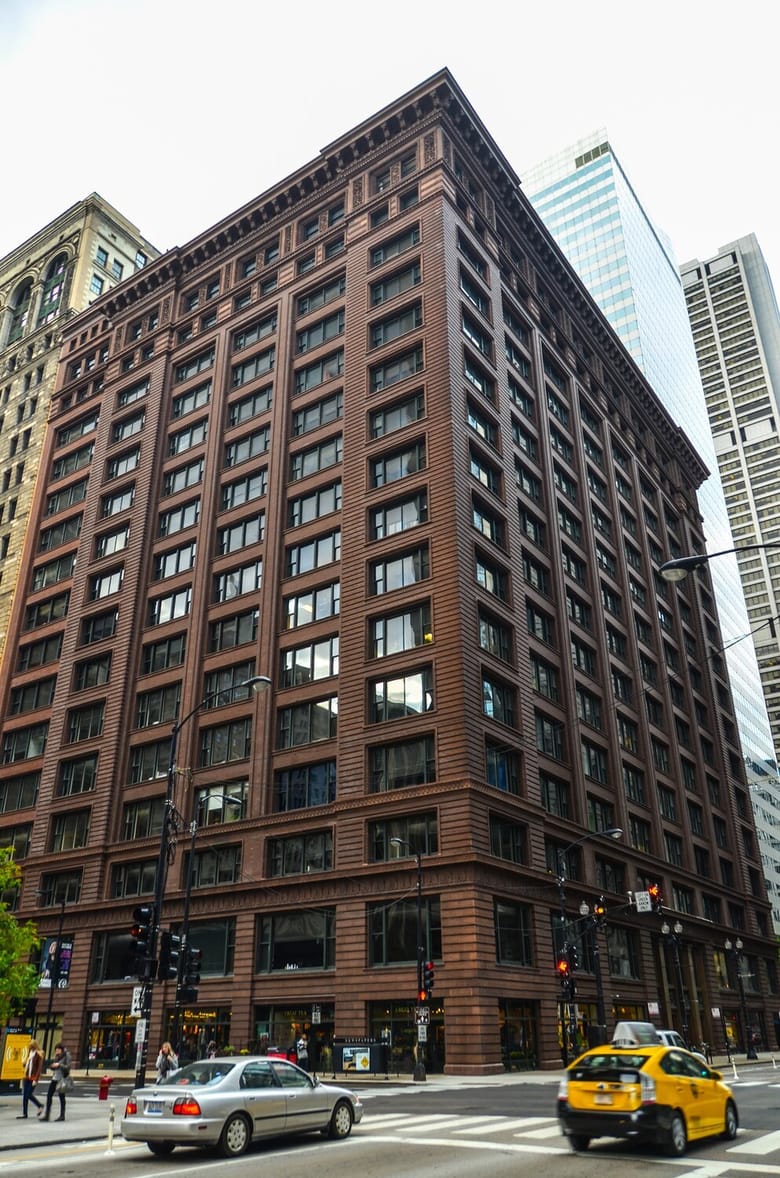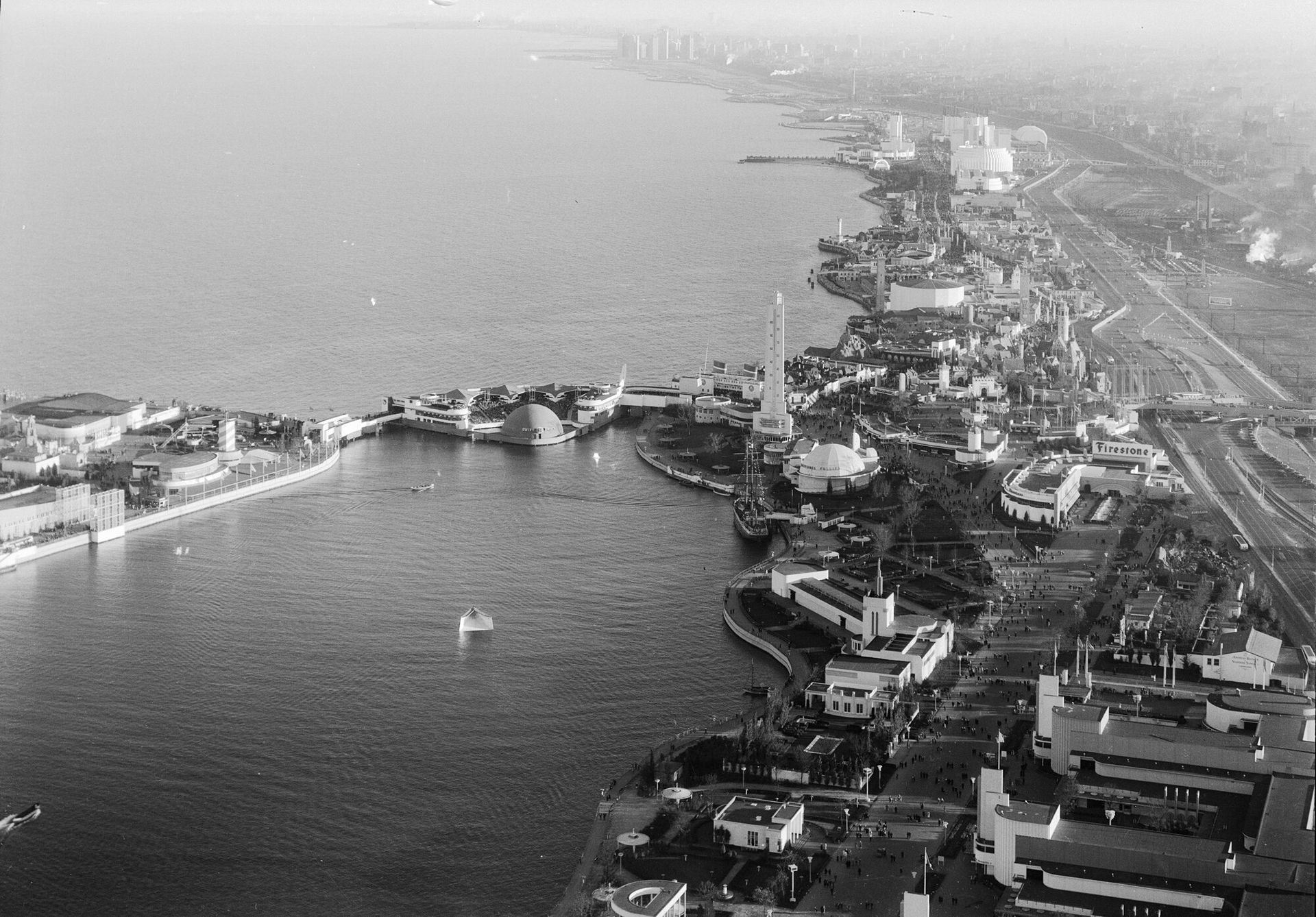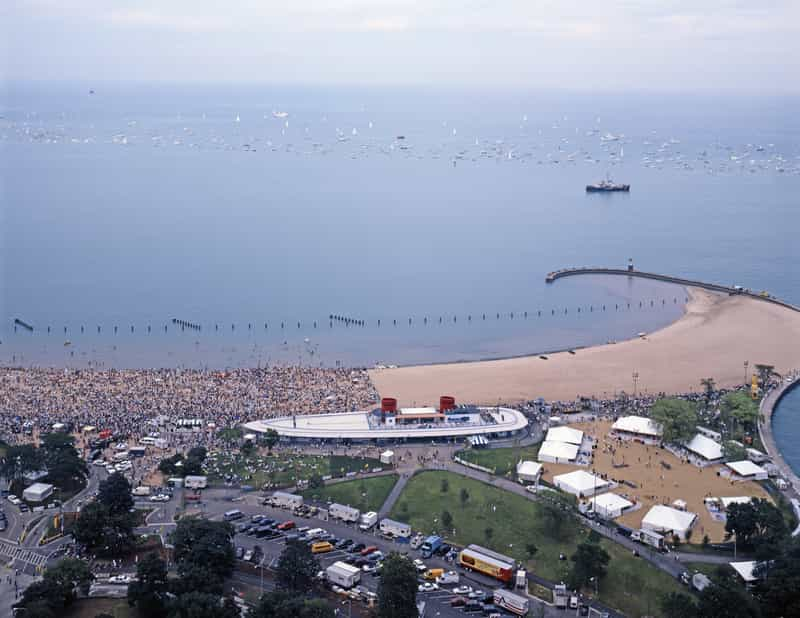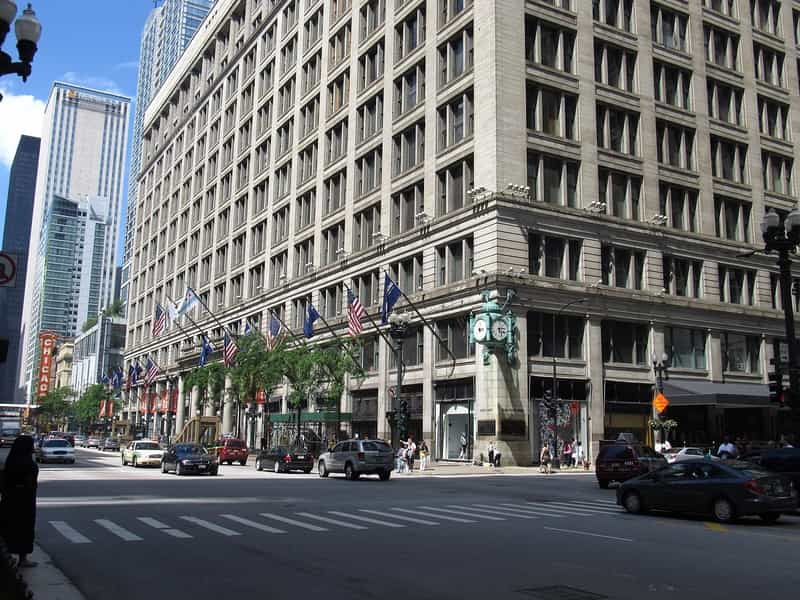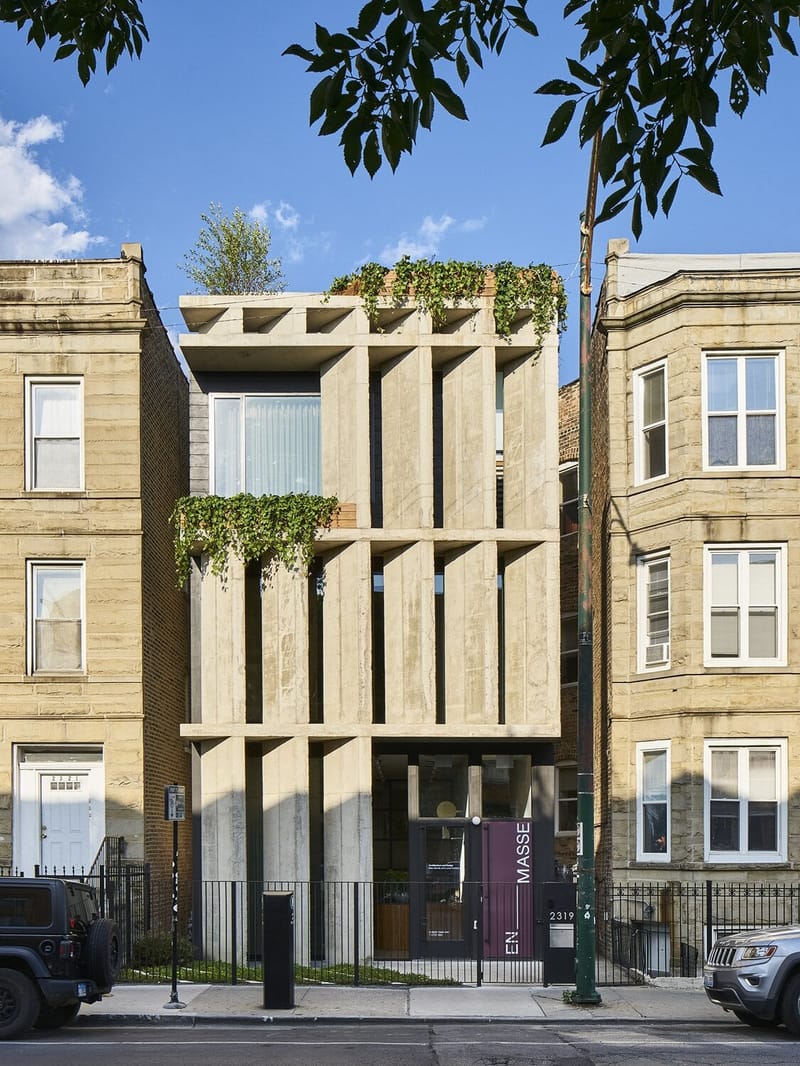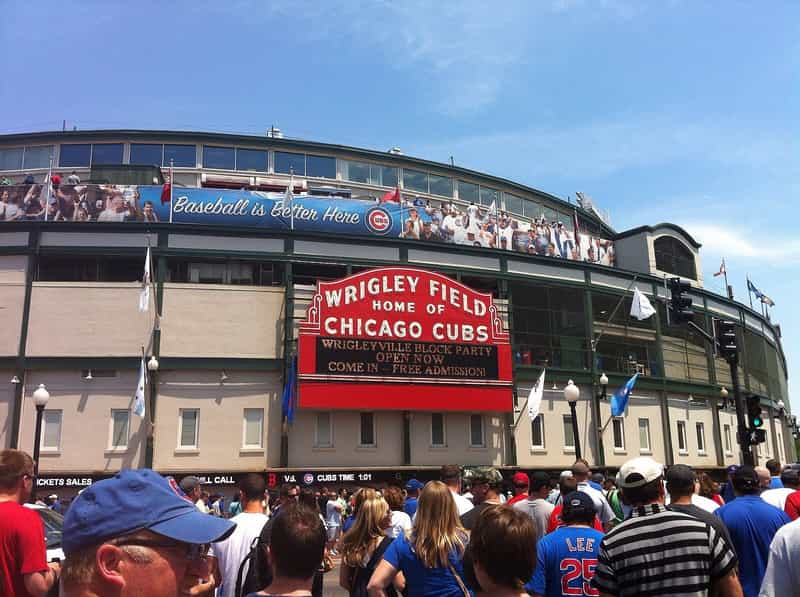Tripartite Division
Marquette Building, photo by Eric Allix Rogers
Tripartite division in architecture refers to a design principle in which a building's façade or elevation is divided into three distinct horizontal sections: the base, the shaft, and the capital (or crown). This concept is often used in the design of tall buildings, where it helps to create a sense of balance, proportion, and visual coherence. Each section serves a specific function and often features different architectural treatments that together contribute to the overall aesthetic of the building.
In the late 19th and early 20th centuries, as skyscrapers began to rise in cities like Chicago, architects applied the tripartite division to the design of tall buildings. This approach helped to break down the verticality of skyscrapers, making them more relatable to human scale while also emphasizing their height.
EXAMPLES IN CHICAGO:
- The Marquette Building: Completed in 1895 and designed by Holabird & Roche, the Marquette Building is a prime example of tripartite division in Chicago architecture. The building’s façade is clearly divided into three sections: the base, the shaft, and the capital. The base, composed of large, arched windows, provides a strong, grounded appearance. The shaft, made up of repetitive window patterns, emphasizes the building's verticality. The capital features ornate terracotta decorations and a pronounced cornice, creating a visually appealing crown. This tripartite structure not only adds to the building's elegance but also reflects the influence of classical architectural principles.
- The Monadnock Building: The Monadnock Building, completed in two phases in 1891 and 1893, is another notable example of tripartite division. The building’s north half, designed by Burnham & Root, adheres to a more minimalist approach, with subtle divisions into base, shaft, and capital. The base is characterized by its deep, rounded arches, while the shaft is a smooth, unadorned expanse of brick, and the capital is defined by a slight projecting cornice. Although the tripartite division here is understated, it still plays a crucial role in organizing the building's overall form.

